Use A Scratch Repair Kit
Clean The Area Around The Scratches
Before fixing the scratches, it is essential to clean the area around them and know the depth of the scratch. This will help to ensure that the filler material bonds correctly and does not get caught in any dirt or debris.
Wash and dry the affected area with a cloth. Be gentle when handling the scratch, as you do not want to worsen it.
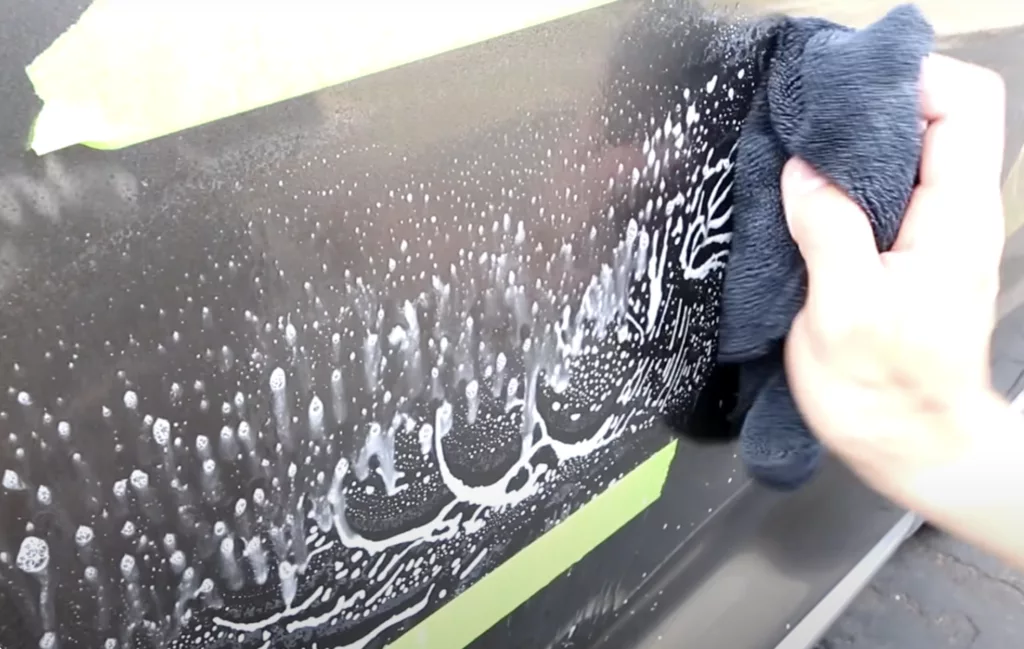
If there is any remaining dirt or cleanser, you can wash the area with soap intended for cars. Make sure to pat the car’s surface dry afterward, as wet paint will not hold polish or wax well.
To prep an area for filling, you can swab it with rubbing alcohol to remove any remaining dirt or cleanser. This will help create a smooth surface for applying the filler material.
Buffing an area with polishing compounds removes scratches and blemishes and removes wax protection. If this step is skipped, then newly applied wax could peel off later.
Beware that buffing can be tricky – if done incorrectly, it may make things worse! If you’re unsure about how to proceed, consider asking a professional for assistance.
Once all of these preparatory steps have been completed, you are ready to start repairing your car’s scratches!
Apply Scratch Remover
If you have a scratch on your car, you may want to try using a scratch repair kit. There are many different types of kits available, so you can find one perfect for your needs. The Bubba’s Super Scratch Remover is an excellent choice for those who have scratches on their car. The Bubba’s Super Scratch Remover has micro polishing agents that can leave a brilliant shine. It is also clear coat safe and restores the original paint job.
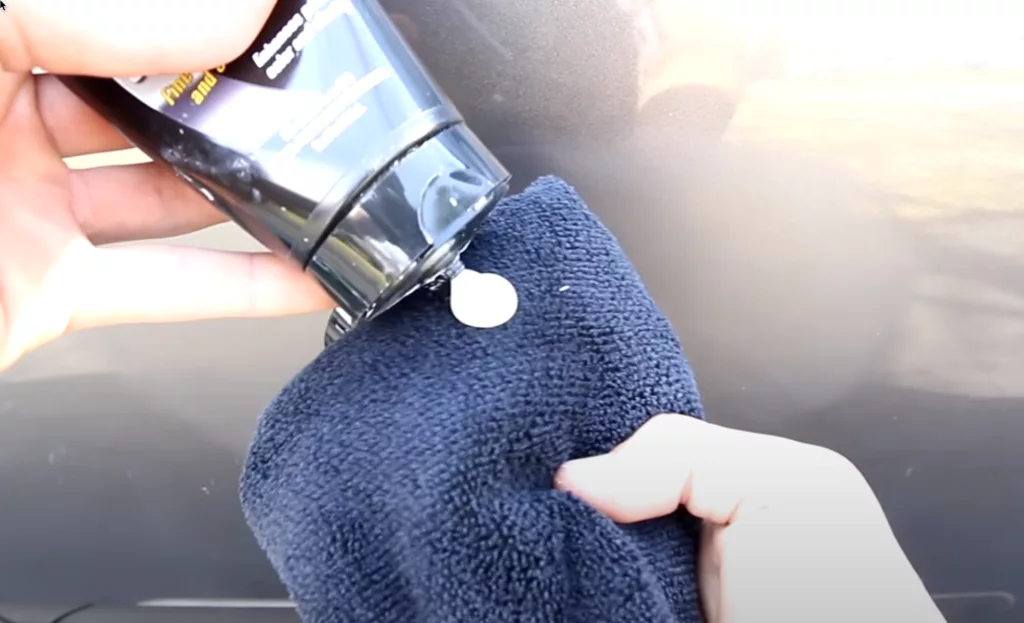
Meguiar’s G17216 Ultimate Compound removes oxidation, scratches, and other blemishes without scratching your vehicle. It is safe to use on any car, truck, or SUV. Meguiar’s Compound is also versatile and can be used on scratches and polishing. It comes with a six-piece kit containing two containers, two applicators, and two towels. The polish leaves behind a glossy shine when applied and removed with no residue left behind
Use The Buffing Cloth To Remove The Scratches
If the scratch is small, you may be able to remove it using a buffing cloth. To do so:
Buffing the scratch paste into and over the scratches will remove them.
It may take a few minutes to see results, but it should have no adverse effects on your paint.
A scratch repair kit should come with instructions on how much to apply.
Apply a small amount of Compound and work it into the scratch using tight, smooth circles.
A buffing compound can be used to remove scratches in the paint.
Buffing compound should be applied until most of the product is gone, then removed with a cloth.
Remove Any Extra Polish
After buffing out scratches and removing excess polish, apply new car wax to protect your car’s surface. Car buffs are available at most auto stores or online. Most manufacturers of car care products recommend using a scratch repair kit that contains the necessary materials for the task.
The best time to use a polish, not a polish compound, is between car washes. Holts offers a complete range of car repair kits. Visit the homepage to learn more about their products and services. Use a pad and water, but you can also use rubbing alcohol if needed
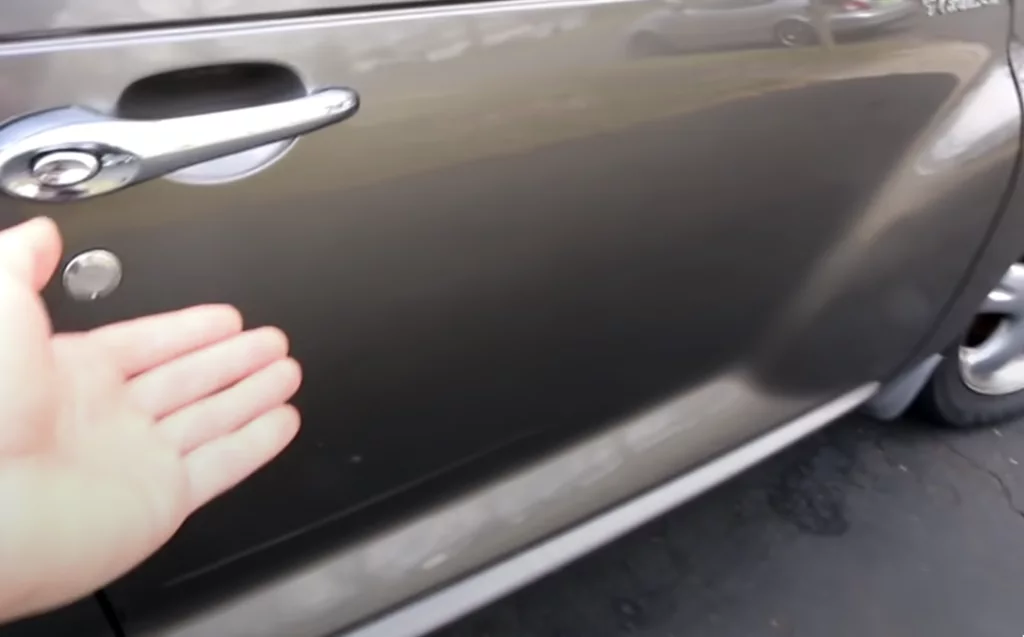
How to Remove ‘Barely There’ Car Scratches
1. Sand the car paint scratch
Remove the dirt and dust from the car body using a wet cloth.
Apply a coat of remover and then scrub with a clean microfiber towel to clean the scratched area.
You will need to wash your car so that there is no dirt and dust.
2. Apply Compound
If there are minor scratches, you can try to remove them with a rubbing compound. Rubbing compound is also an option for removing car scratches. It comes in a liquid, paste, or cream form and is applied with a brush, cloth, or pad. Some scratch removers come with a buffing pad or material, which allows you to control the amount of product used.
It is better to apply too little than too much when using the scratch remover, so go slowly and avoid overdoing it. Compounds come with warnings about paint removal, so keep that in mind and use it with caution. Buffing should remove most scratches. If you cannot remove a scratch with the buffing compound, use paint to cover it up.
How to Remove Small Car Scratches
1. Apply Scratch-Removal Product
The first step in removing scratches from your car surface is to apply a scratch-removal product. This can be done with a quarter-sized bead of paste directly onto the scratch. Work the product into the scratched surface and surrounding area, then take your buffing pad from your kit, or apply some to a microfiber cloth and use it to clean up scratches that have been “covered up” by polishes.
For small scratches, you can usually remove them with a standard polish. However, for deeper scratches, a pro-grade compound is needed, which will keep your paint job intact. In this case, it’s best to take extra steps after removing scratches to protect the paint and reinforce the work.
Please do not use a buffer or electric polisher to apply car scratch remover as it may damage your car’s finish.
2. Wipe away the residue
If you have light scratches and there is no residue or dirt, you can use a microfiber towel to wipe them away. Hold the towel against the scratch and move it in a circular motion. Do not apply too much pressure, as this may cause the paint to chip off.
3. Repeat two to three times
If you’re using a car scratch remover, it’s essential to repeat the process two or three times to remove the scratch altogether. This will help ensure that your car looks its best!
How to Remove Deep Car Scratches
1. Sand the scratched area
Sand the scratch with 2,000-grit sandpaper until you reach the metal panel.
Always sand in the scratch direction; there is no need to make more scratches.
The fingernail should not catch on the scratches.
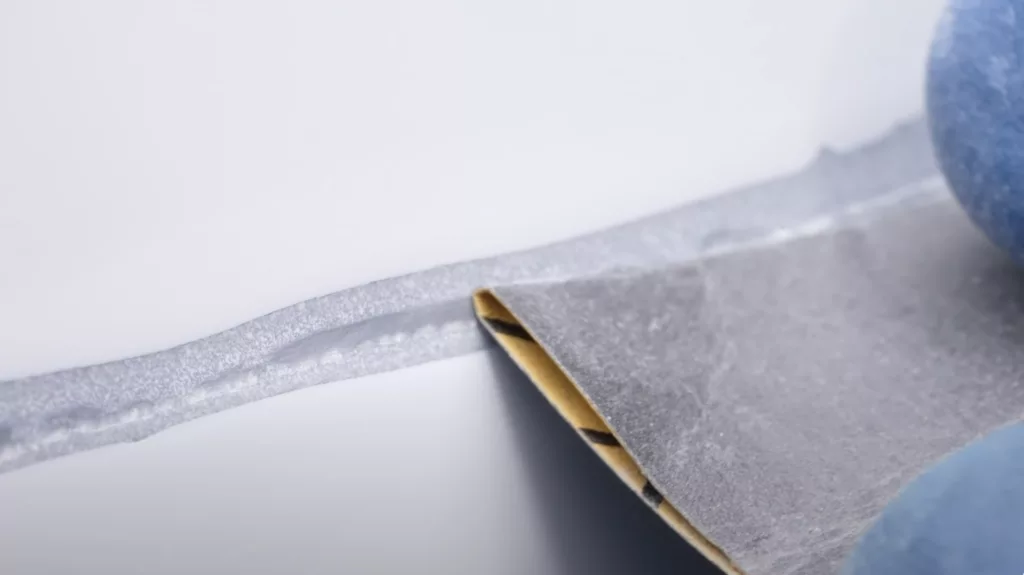
2. Spray primer and then paint onto the sanded area
Primer is the foundation for any paint job, whether you’re painting over rust or scratches. It helps to fill in minor imperfections and provides a smooth surface so that your new coat of paint will look even and professional.
Once the primer has dried, hit the area with a heavy coat of matching paint and let it dry thoroughly before removing paper masking tape from the last step. If you’re having difficulty finding the correct paint shade, check the manufacturer’s specs for codes specific to your car’s model and color.
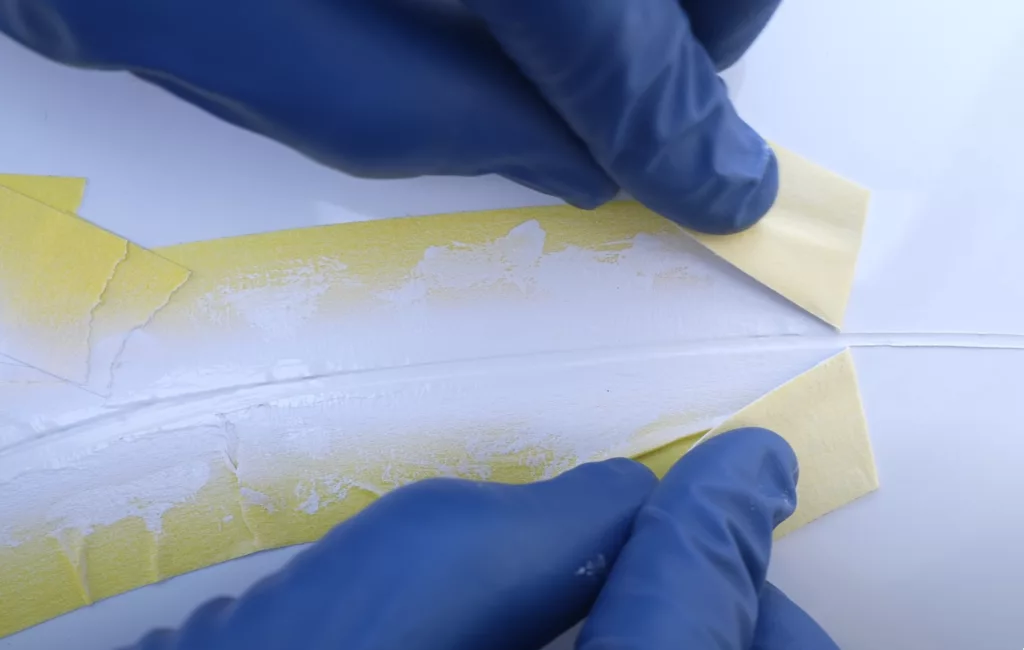
3. Polish until the area matches the rest of the car
The best way to repair deep scratches is by using paint. If you have a car scratch that’s not too severe, you may be able to cover it up with polish. However, to make the area look like the rest of your car, you will need to apply some elbow grease and keep buffing until the scratch has disappeared.
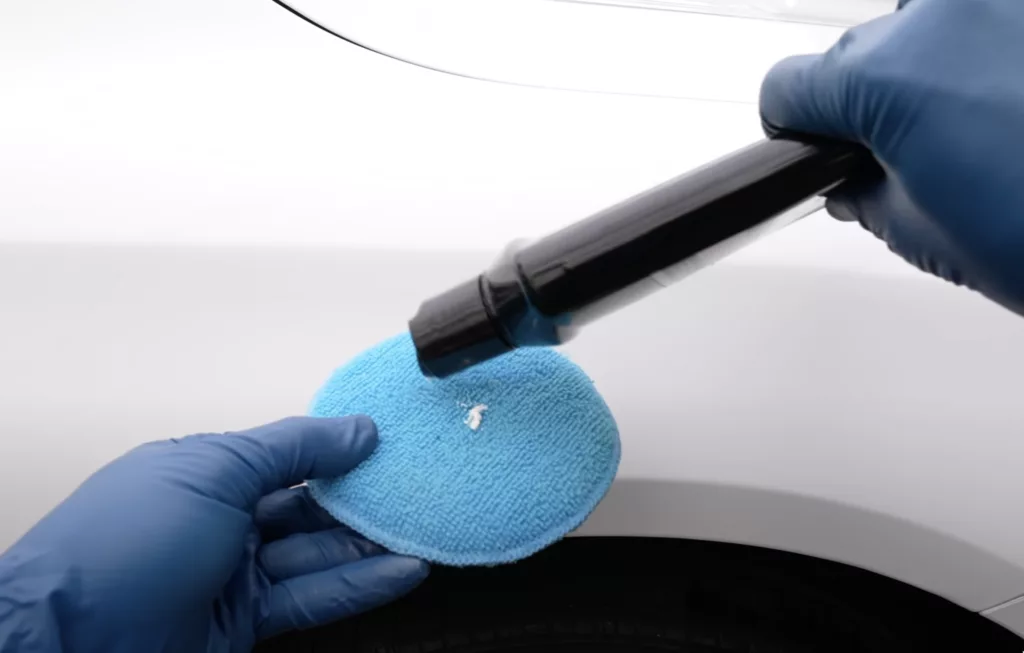
What is the difference between scratch removers and polishing compounds?
There are a few main differences between scratch removers and polishing compounds. The first is in their formulation- scratch removers are typically more aggressive than polishing compounds while rubbing and polishing compounds are the best option for oxidized or dull finishes. Secondly, scratch removal products are designed to be used on light overall finish blemishes or localized repairs. In contrast, polishing compounds can be used on darker paint finishes without damaging the surface. Finally, paste compounds allow you to remove scratches from older paints without damaging them, making them an ideal choice for restoring older vehicles.
How do car scratch remover products work?
When you notice a scratch on your car, the first thing you might want to do is reach for a bottle of car scratch remover. Car scratch remover products are quick, easy to use, and can be used for localized repair on a single scratch or general finish restoration. This product comes in liquid, paste, or cream form and is designed to help remove light surface scratches and swirl marks from your vehicle’s paint job.
The best way to remove scratches is by using a polishing compound. Polishing compounds come in different strengths–from mild to aggressive–and work by breaking down the oxidation built up on the surface of your car’s paint. When used in conjunction with a car scratch remover product, they can help restore your vehicle’s finish to its former glory.
Can a deep car scratch be buffed out?
Yes, a deep car scratch can be buffed out. However, it is more difficult to do than fixing a small scratch. The base paint layer is the first layer of defense against grime and damage, but this layer can be compromised if a deep scratch penetrates it. If rust eats away at your car, you need to fix it before your vehicle has no value.
You can quickly reduce the damage by deep scratches if you use a polishing compound and buffing pads. Buffing will remove the edges of a deep car scratch. Use a clean microfiber cloth to finish off the job.
How do you know if a scratch is too deep to buff?
Rust will develop quickly if a scratch penetrates the topcoat and exposes bare metal. If you’re not sure if a scratch is too deep to buff, try this simple test: pour a little vinegar on the surface of the scratch. If it bubbles, then the scratch goes down to the bare metal, and you should take it to a professional for repair.
Does car polish remove deep scratches?
There is some debate over whether car polish can remove deep scratches. Some people say that it can, while others maintain that it cannot. The thicker the product, the better it will remove scratches and swirls from the car’s paint job (although this can also cause damage over time). After finishing up with a compound or polish, a clear coat should be removed to prevent it from affecting your car’s color or finish.
How much does it cost to repair a deep car scratch?
There are a lot of products on the market to fix minor car scratches. For example, scratch repair kits usually include scratch removal polish and paste, touch-up paint, and buffers. These kits are convenient solutions for shallow car scratches, but they’re not the best option for deep car scratches. So it’s crucial to assess the severity of a scratch before purchasing one.
The cost to fix a deep scratch varies widely depending on the damage done and the type of repair needed. If you have a more severe scratch, you’ll need to take your car to an auto body shop. Some shops may charge anywhere from $100-$700 per hour for labor, so getting quotes from multiple places is essential before deciding on a repair service.

![How to [Easily] Remove Deep Scratches from Your Car](https://media.detailinggurus.com/q:intelligent/r:0/wp:1/w:1/u:https://detailinggurus.com/wp-content/uploads/2022/06/car-detailing-studio-worker-polishing-car-paint-and-removing-stratches-e1654795848709-720x540.jpg)